Home>Gardening & Outdoor>Outdoor Entertaining>How To Fire Clay In A Fire Pit
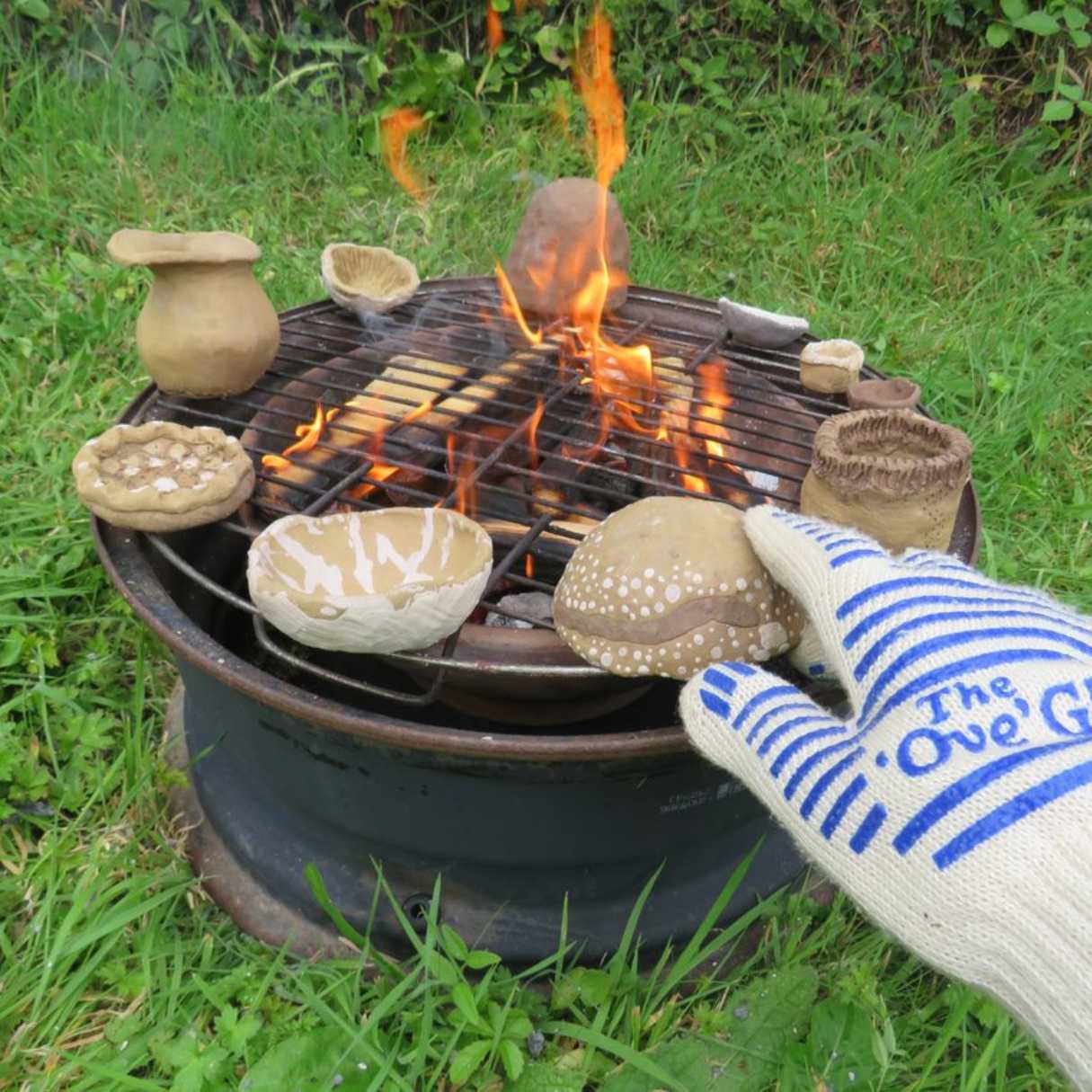

Outdoor Entertaining
How To Fire Clay In A Fire Pit
Modified: March 2, 2024
Learn how to fire clay in a fire pit for outdoor entertaining. Follow these simple steps to create a cozy and inviting atmosphere for your next gathering.
(Many of the links in this article redirect to a specific reviewed product. Your purchase of these products through affiliate links helps to generate commission for Storables.com, at no extra cost. Learn more)
Introduction
Are you ready to unlock the ancient art of firing clay in a fire pit? This time-honored technique allows you to craft beautiful pottery and ceramics while embracing the elemental allure of outdoor entertaining. Imagine the rustic charm of handcrafted clay vessels adorning your outdoor space, adding a touch of artistry and functionality to your gatherings.
Firing clay in a fire pit is a captivating blend of creativity, tradition, and practical skill. It's a process that connects us to our ancestors, who relied on clay vessels for storing food, carrying water, and expressing their artistic visions. By delving into this time-honored practice, you're not only honing your craft but also immersing yourself in the rich tapestry of human history.
In this guide, we'll embark on a journey through the fascinating world of firing clay in a fire pit. From selecting the right clay to mastering the firing process, each step is a testament to the ingenuity and artistry that have defined human civilization for millennia. So, let's roll up our sleeves, gather our materials, and kindle the flames of creativity as we explore the captivating process of firing clay in a fire pit.
Key Takeaways:
- Embrace the ancient art of firing clay in a fire pit to create beautiful pottery, connecting with human history and adding rustic charm to your outdoor space.
- Select the right clay, build a suitable fire pit, and master the firing process to unlock the transformative potential of earth and fire, yielding enduring works of art.
Read more: How To Build A Fire Pit
Choosing the Right Clay
Before delving into the captivating process of firing clay in a fire pit, it’s crucial to select the right type of clay for your project. The clay you choose will significantly impact the final outcome of your pottery or ceramics, so consider the following factors when making your selection:
- Clay Type: There are various types of clay available, each with its unique properties. For firing in a fire pit, it’s essential to choose a clay that can withstand high temperatures without cracking or crumbling. Look for clay labeled as “high-fire” or “stoneware” clay, as these are well-suited for the firing process.
- Plasticity: Plasticity refers to the malleability and workability of the clay. Clay with good plasticity is easier to shape and mold, allowing you to bring your creative visions to life with greater ease. When selecting clay, consider the specific forms and designs you intend to create, and choose a clay type that aligns with your artistic goals.
- Color and Texture: Consider the desired color and texture of your finished pieces. Some clays naturally lend themselves to specific aesthetics, whether it’s a rich earthy tone or a smooth, refined surface. Take into account the visual and tactile qualities you wish to achieve, and select a clay that harmonizes with your artistic vision.
- Sourcing: Depending on your location, you may have access to different types of clay. Local clay deposits offer a unique opportunity to connect with the land and its geological history. If you’re gathering clay from the earth, ensure that it is free from impurities and organic matter, as these can affect the firing process.
By thoughtfully considering these factors, you can choose the right clay that aligns with your artistic aspirations and the practical requirements of firing in a fire pit. The clay you select will serve as the raw canvas for your creative expressions, shaping the character and aesthetic of your finished pieces.
Preparing the Clay
Once you’ve chosen the perfect clay for your project, it’s time to prepare it for shaping and firing. Properly preparing the clay is essential for ensuring that it is workable, free from air pockets, and ready to undergo the transformative process of firing in a fire pit. Here’s a step-by-step guide to preparing your clay:
- Wedge the Clay: Wedging is a crucial step that involves kneading the clay to ensure uniform consistency and remove any air bubbles. This process also aligns the clay particles, enhancing its plasticity and workability. To wedge the clay, place it on a clean surface and use a wedging table or simply knead it with your hands until it feels smooth and homogenous.
- Moisture Content: It’s important to pay attention to the moisture content of the clay. If the clay is too dry, it can be challenging to work with and may result in cracking during the firing process. Conversely, excessively wet clay can lead to deformation and structural issues. Aim for a balanced moisture level that allows the clay to be pliable without being overly soft or sticky.
- Remove Impurities: Before shaping the clay, ensure that it is free from any impurities or foreign objects. Even small debris can cause imperfections in your finished pieces, so take the time to thoroughly inspect and clean the clay before proceeding.
- Storage: Properly store your prepared clay to maintain its moisture and plasticity. Use airtight containers or plastic bags to prevent the clay from drying out. If you’re working with natural clay gathered from the earth, consider adding a damp cloth or misting the clay to maintain its moisture content while you prepare for the next steps.
By meticulously preparing your clay, you set the stage for a successful and rewarding firing process. The care and attention you invest in this phase will lay the foundation for creating beautiful and enduring pottery or ceramics that reflect your artistic vision and craftsmanship.
Building the Fire Pit
Creating a suitable fire pit for firing clay is a pivotal step in the process. The fire pit serves as the crucible of transformation, harnessing the elemental forces of heat and flame to transmute raw clay into durable, functional, and aesthetically pleasing pottery. Here’s how to construct a fire pit tailored to the unique demands of firing clay:
- Location and Safety: Choose a well-ventilated outdoor area for your fire pit, ensuring that it complies with local regulations and safety guidelines. Clear the surrounding space of any flammable materials, and consider using a fireproof base such as concrete or bricks to contain the fire.
- Size and Design: The size of your fire pit should accommodate the quantity of pottery or ceramics you intend to fire. Consider the dimensions of the pieces and arrange the fire pit to allow for even heat distribution. A circular or rectangular design works well for firing clay, providing a stable and controlled environment for the process.
- Layering and Insulation: Layer the base of the fire pit with a mixture of sand and sawdust to create a porous and insulating bed for the pottery. This layer helps distribute the heat evenly and minimizes the risk of thermal shock, which can cause the clay to crack during firing.
- Fuel and Firing: Select a suitable fuel source for your fire pit, such as wood or natural gas. Wood firing can imbue the pottery with unique markings and color variations, while gas firing offers precise temperature control. Whichever fuel source you choose, ensure that it can sustain the high temperatures required for firing clay.
Building a well-designed fire pit sets the stage for a successful firing process, allowing you to harness the raw energy of fire to transform clay into enduring works of art. With your fire pit in place, you’re poised to embark on the exhilarating journey of firing clay and witnessing the alchemical fusion of earth and flame.
Before firing clay in a fire pit, make sure the clay is completely dry to prevent cracking. Gradually increase the heat to avoid sudden temperature changes that can cause the clay to break.
Firing the Clay
The firing process is the pivotal stage where the alchemy of clay and fire unfolds, culminating in the transformation of raw material into durable, functional, and visually captivating pottery or ceramics. Firing clay in a fire pit requires a delicate balance of heat, timing, and attentive observation. Let’s explore the essential steps for firing clay with finesse and precision:
- Preheat the Fire Pit: Before placing the pottery in the fire pit, preheat the space gradually to allow the clay to acclimate to the rising temperature. This gradual preheating minimizes the risk of thermal shock, which can cause the clay to crack or shatter.
- Positioning the Pottery: Arrange the pottery or ceramics strategically within the fire pit, ensuring that they are surrounded by an even distribution of heat. Leave sufficient space between the pieces to prevent them from touching, as this can lead to warping or fusion during firing.
- Ramping Up the Heat: Gradually increase the intensity of the fire, allowing the temperature to rise steadily. This gradual ramping up of heat is crucial for ensuring that the clay undergoes the chemical and structural changes necessary for vitrification, where it becomes non-porous and resilient.
- Monitoring and Observation: Throughout the firing process, maintain a vigilant watch over the pottery and the fire. Look for visual cues such as the color of the pottery, the development of glazes, and the behavior of the flames. This attentive observation allows you to make real-time adjustments to the firing conditions, ensuring optimal results.
- Cooling Phase: Once the pottery has undergone the requisite firing duration, gradually reduce the heat and allow the pieces to cool within the fire pit. Avoid rapid temperature changes, as these can induce stress in the clay and lead to cracking. The cooling phase is as critical as the firing itself, contributing to the overall strength and integrity of the finished pieces.
By mastering the art of firing clay in a fire pit, you unlock the transformative potential of this ancient craft, yielding pottery and ceramics that bear the indelible marks of earth and fire. With each firing, you deepen your understanding of the interplay between artistry and elemental forces, creating pieces that resonate with timeless beauty and enduring functionality.
Read more: How To Repaint A Fire Pit
Cooling and Finishing the Clay
As the intense heat of the fire subsides, the pottery emerges from the crucible of the fire pit, infused with the alchemical fusion of earth and flame. The cooling and finishing phase is a critical juncture in the firing process, where the resilience and aesthetic allure of the clay are further refined. Let’s delve into the essential steps for cooling and finishing the clay after the firing process:
- Natural Cooling: Allow the pottery to cool naturally within the fire pit, resisting the urge to hasten the process. Rapid cooling can introduce stress to the clay and compromise its structural integrity. Embrace the patient rhythm of cooling, as it contributes to the development of durable and visually striking pottery.
- Unearthing the Pottery: Once the pottery has reached a safe temperature for handling, carefully remove it from the fire pit. Exercise caution during this phase, as the pottery may still retain residual heat. Handle the pieces gently, savoring the moment of unveiling your creations from the elemental embrace of the fire.
- Surface Inspection: With the pottery now cooled, take the time to inspect the surfaces for any imperfections or irregularities. While the firing process imbues the clay with strength and resilience, it may also reveal unexpected nuances and variations that contribute to the unique character of each piece.
- Finishing Touches: Depending on your artistic vision, consider applying glazes, decorative elements, or surface treatments to enhance the aesthetic appeal of the pottery. The post-firing phase offers an opportunity to imbue the clay with additional layers of creativity, further enriching the visual and tactile qualities of the finished pieces.
- Celebrating the Creations: As the pottery emerges from the firing process, take a moment to celebrate the culmination of your efforts and creativity. Each piece bears the imprint of your artistry and the timeless dance of earth and fire, embodying the enduring allure of handcrafted pottery.
The cooling and finishing phase represents the culmination of the firing process, marking the transition of raw clay into enduring works of art. As you savor the fruits of your labor, you become part of a lineage of artisans who have harnessed the transformative power of fire to create pottery that transcends time and speaks to the essence of human creativity.
Conclusion
Embarking on the captivating journey of firing clay in a fire pit is an immersive exploration of artistry, tradition, and elemental alchemy. From selecting the right clay to witnessing the emergence of beautifully fired pottery, each step in the process offers a profound connection to the timeless craft of ceramics and the enduring allure of outdoor entertaining.
As you delve into the art of firing clay in a fire pit, you embrace the heritage of artisans who have shaped clay into vessels of utility and beauty throughout the ages. The earthy scent of the clay, the flickering dance of flames, and the patient rhythm of cooling all converge to create a sensory tapestry that resonates with the essence of creativity and craftsmanship.
By mastering the nuances of preparing, firing, and finishing clay in a fire pit, you not only create enduring pottery but also cultivate a deep understanding of the symbiotic relationship between human ingenuity and the raw materials of the earth. Each piece that emerges from the fire pit bears the indelible marks of your artistry and the transformative embrace of fire, enriching your outdoor space with the rustic charm of handcrafted ceramics.
So, as you embark on your own firing adventures, may the ancient art of clay and fire kindle the flames of creativity within you, forging a connection to the timeless traditions of pottery while infusing your outdoor entertaining spaces with the allure of handcrafted artistry.
With each firing, you honor the legacy of artisans past and present, breathing new life into the age-old practice of firing clay in a fire pit, and shaping the clay into enduring testaments of human creativity and resilience.
Frequently Asked Questions about How To Fire Clay In A Fire Pit
Was this page helpful?
At Storables.com, we guarantee accurate and reliable information. Our content, validated by Expert Board Contributors, is crafted following stringent Editorial Policies. We're committed to providing you with well-researched, expert-backed insights for all your informational needs.
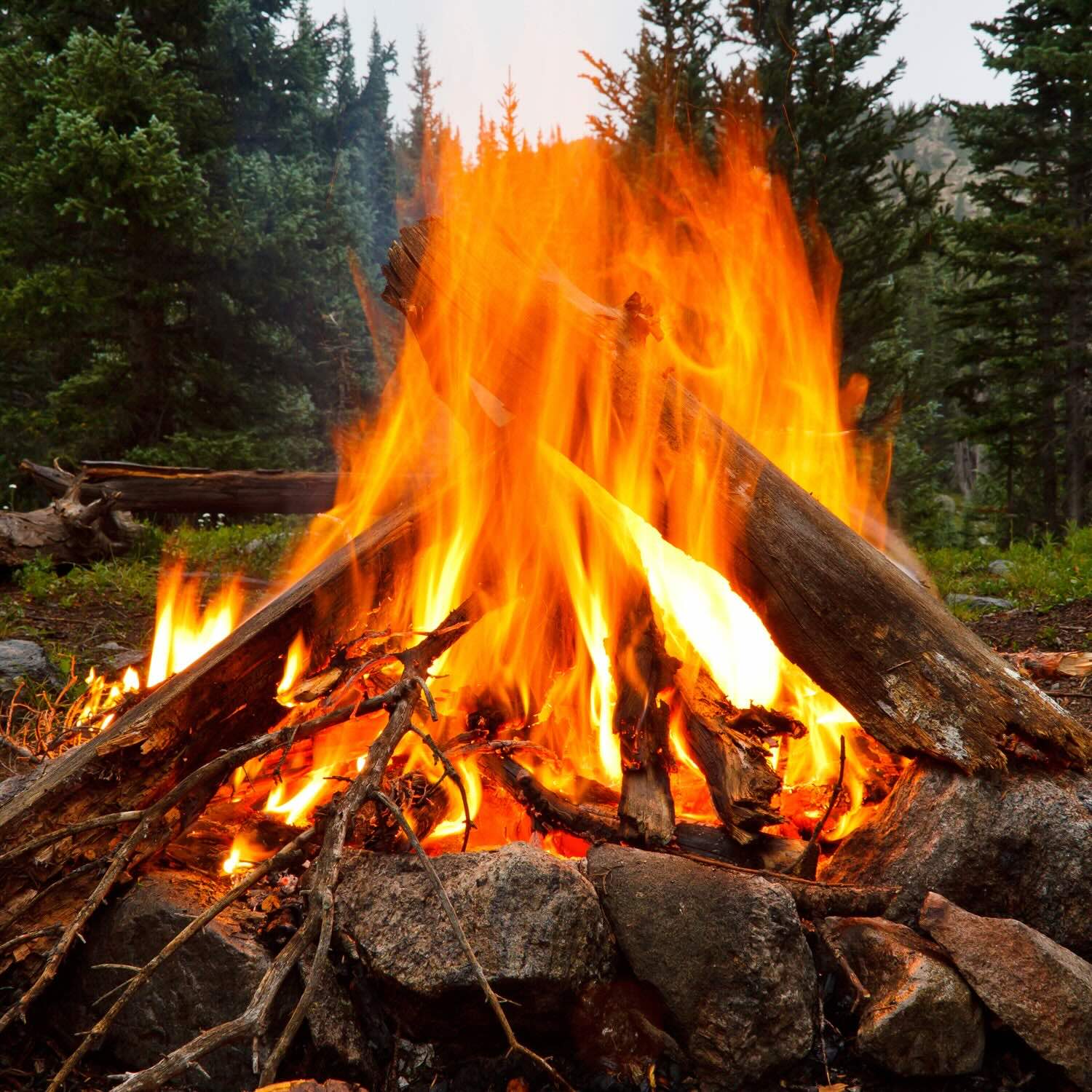
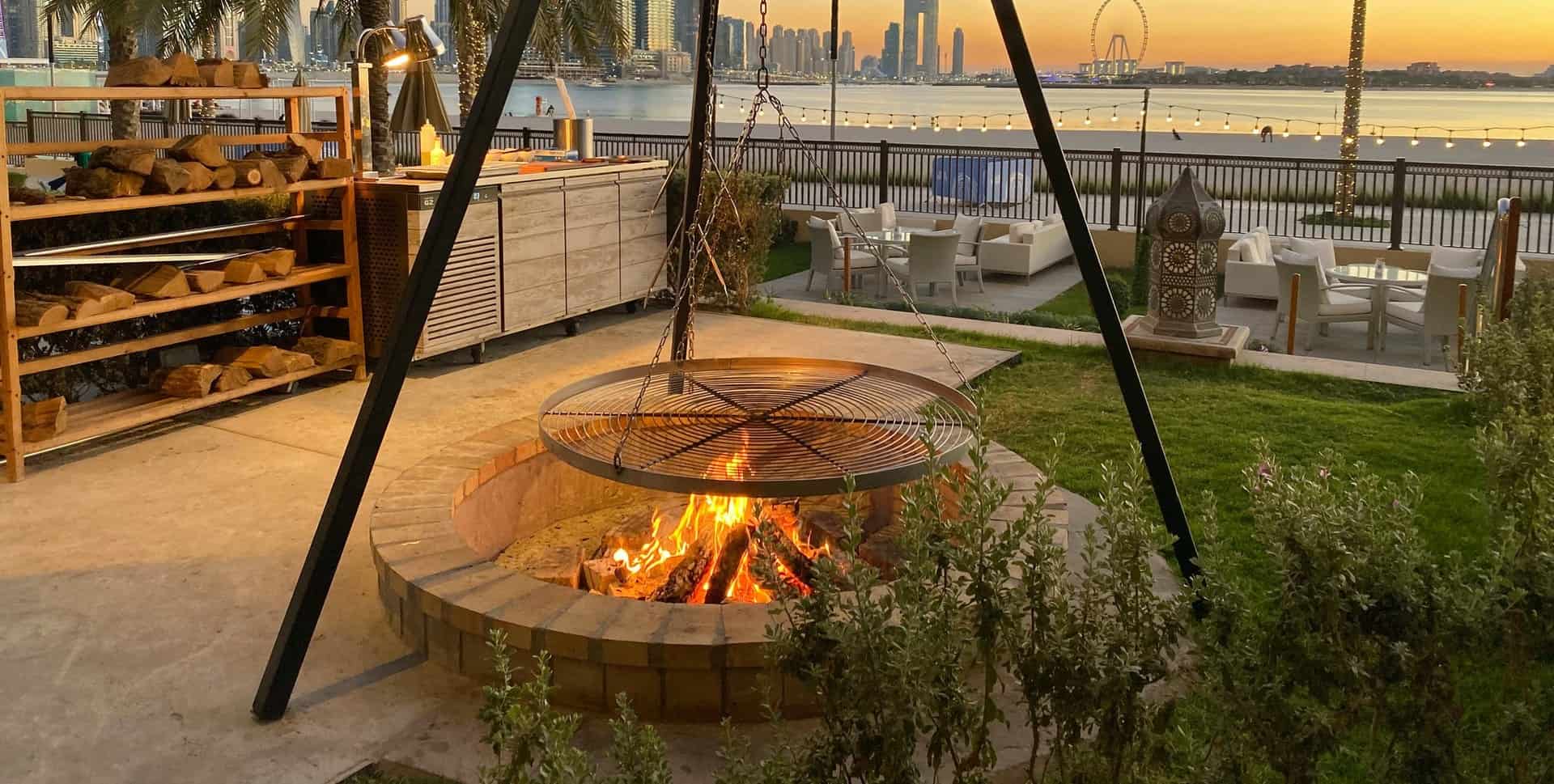
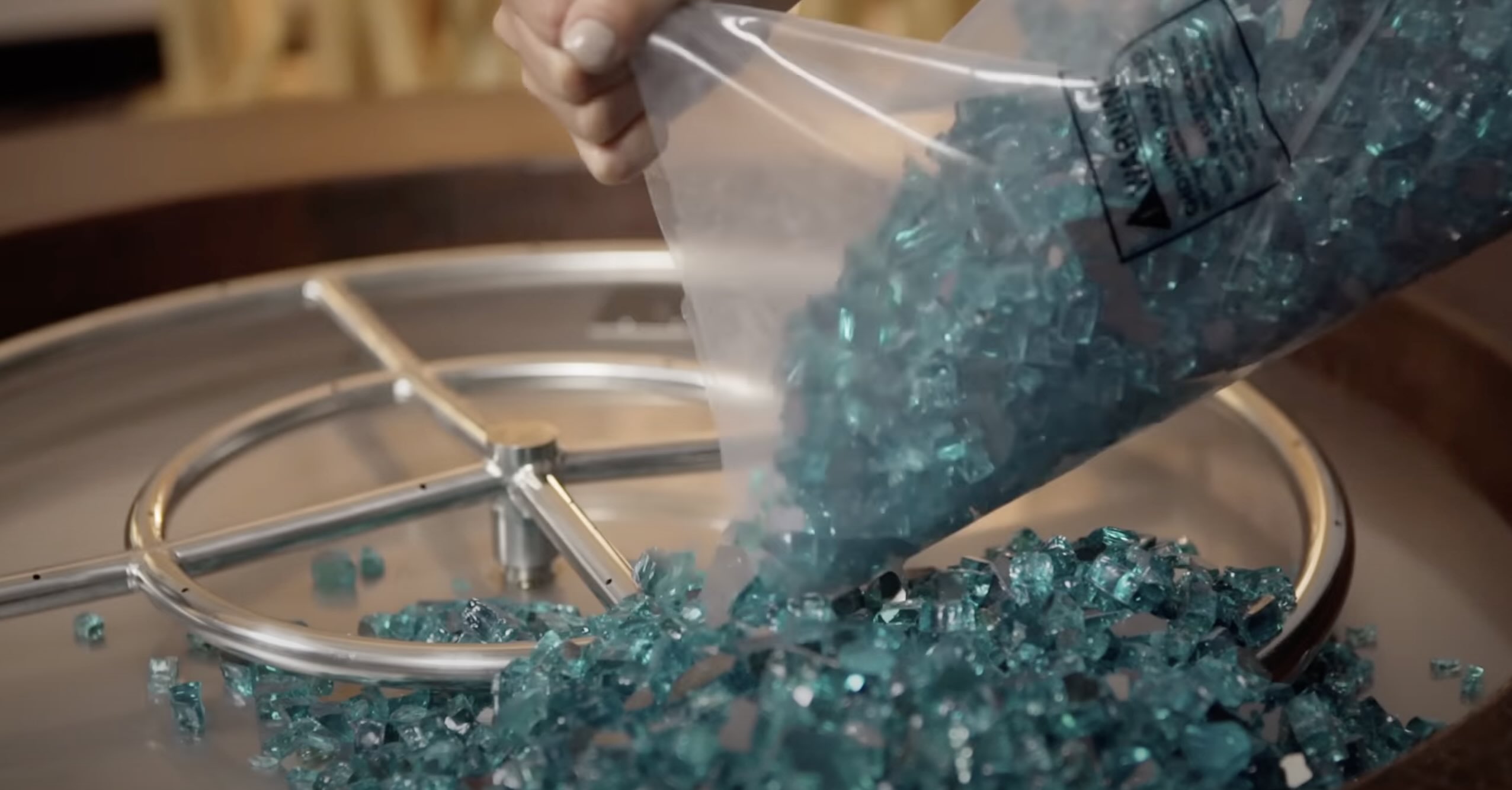
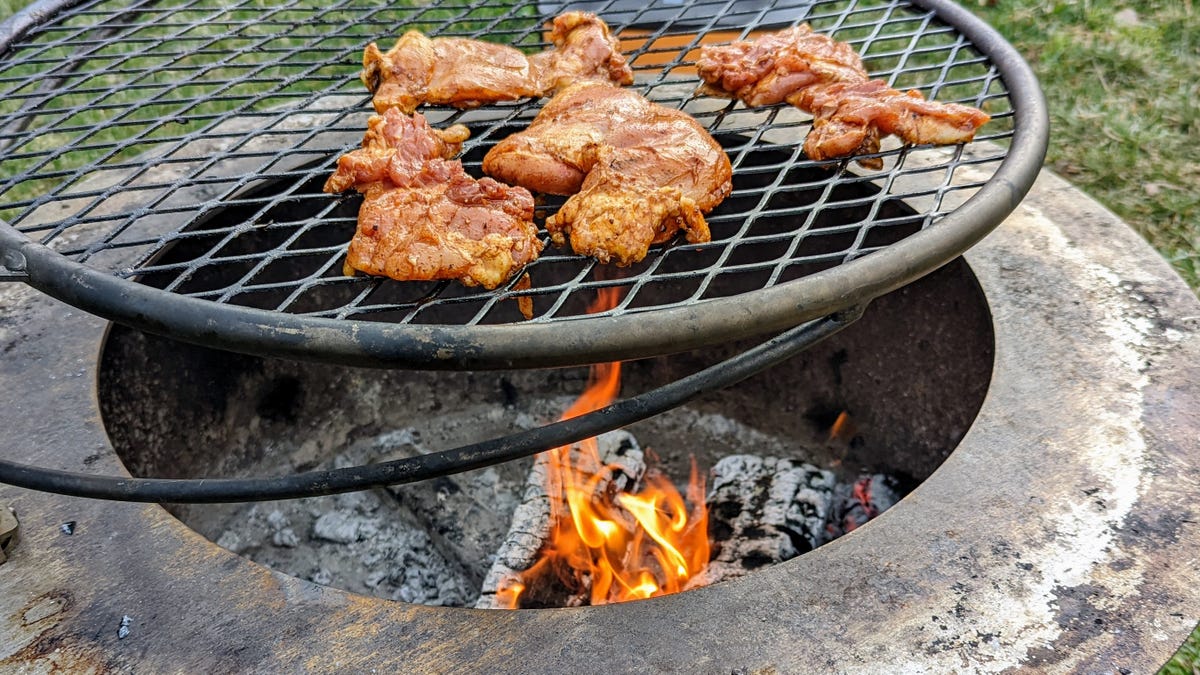
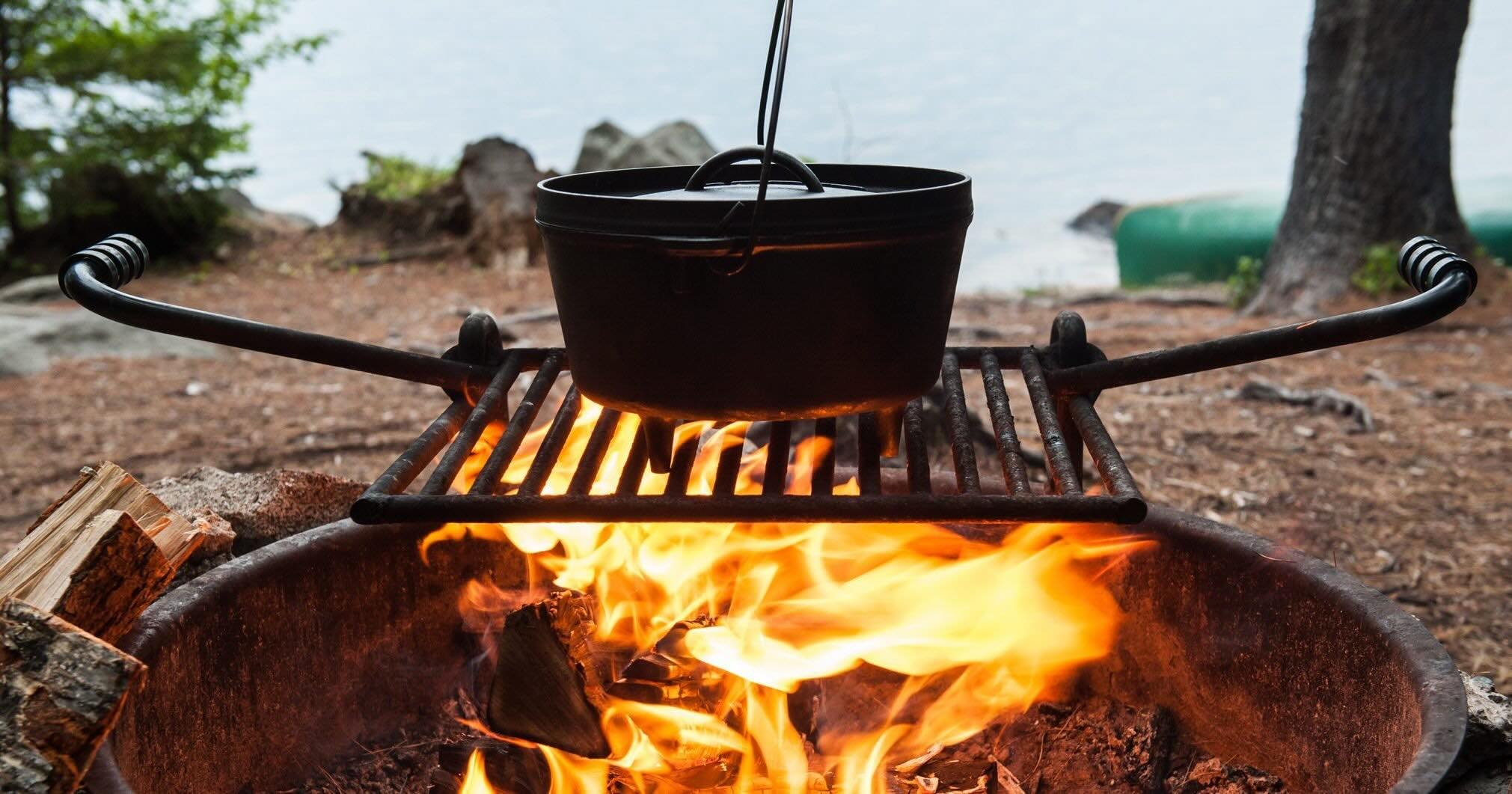
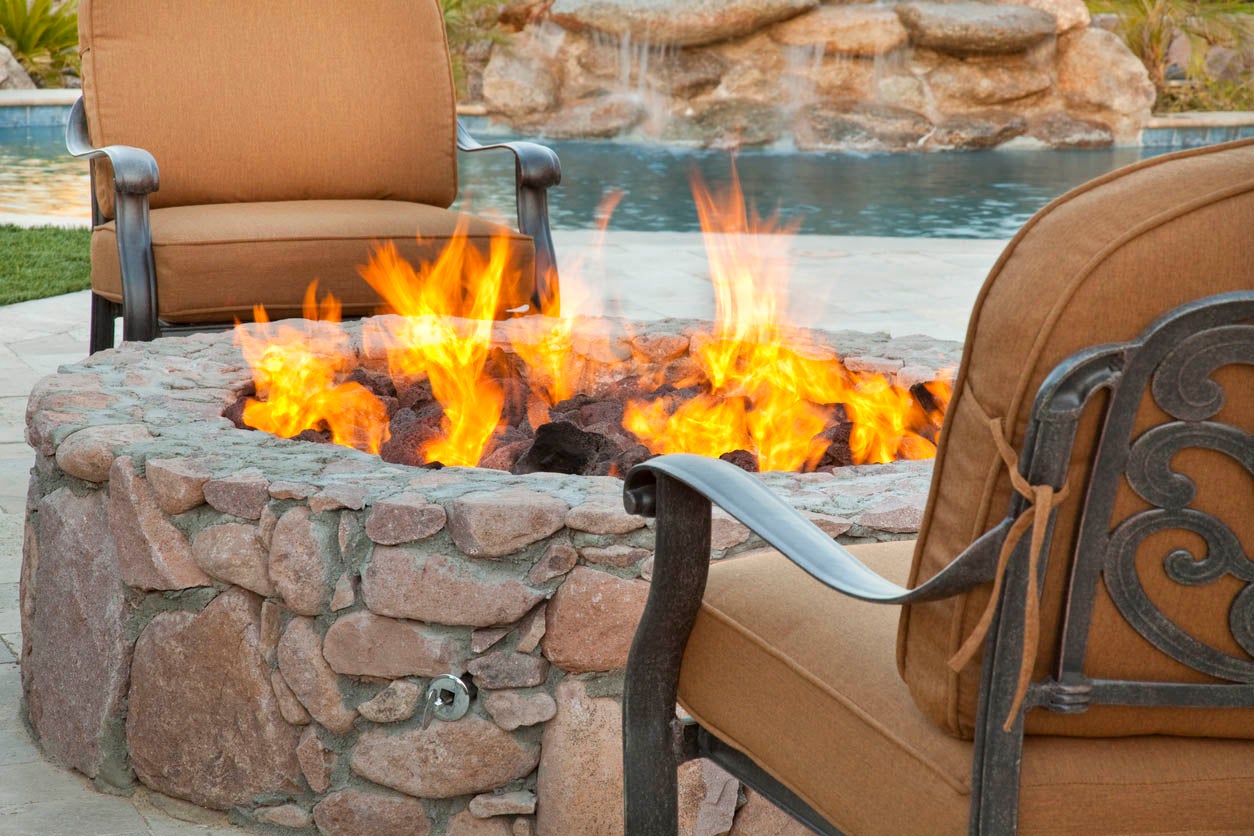
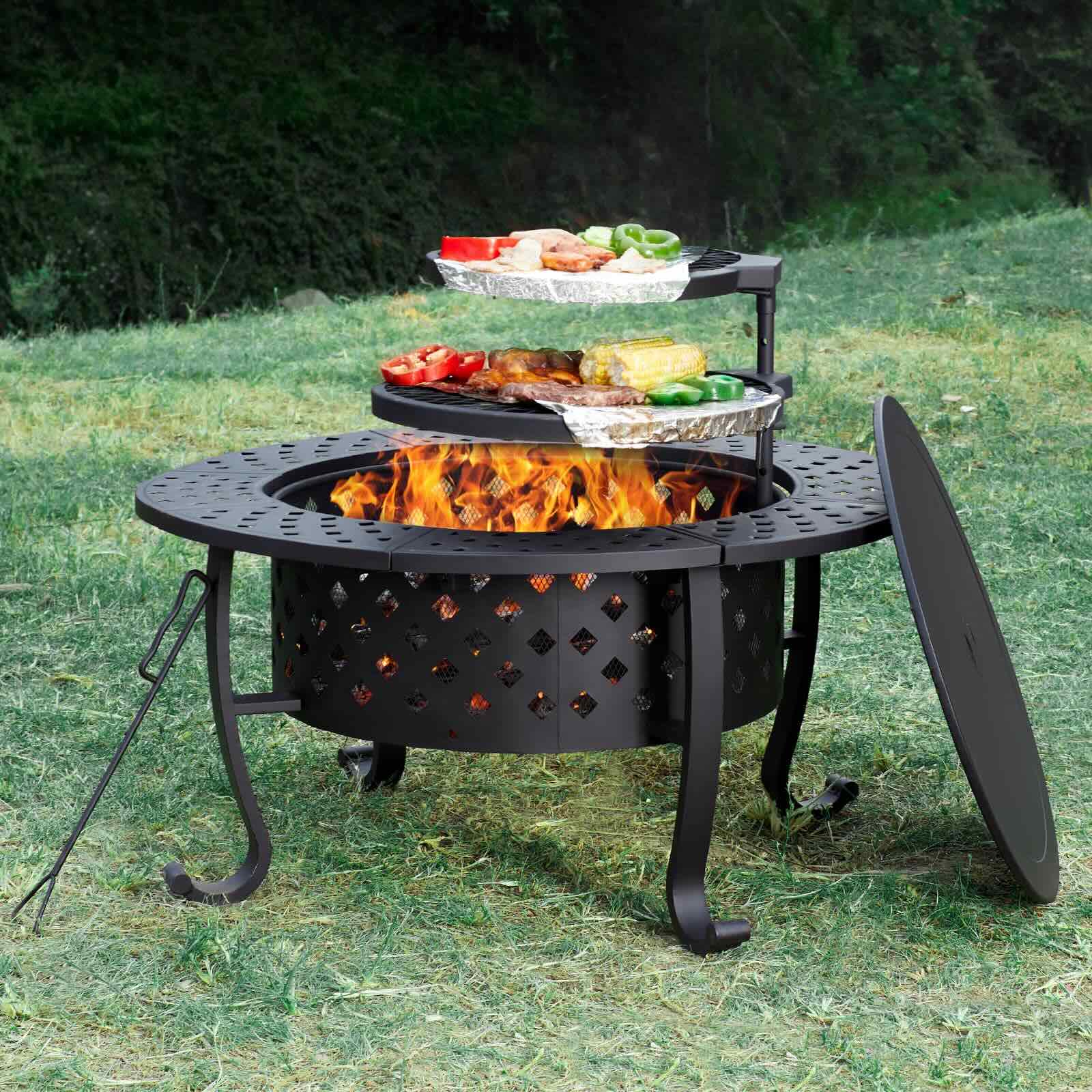
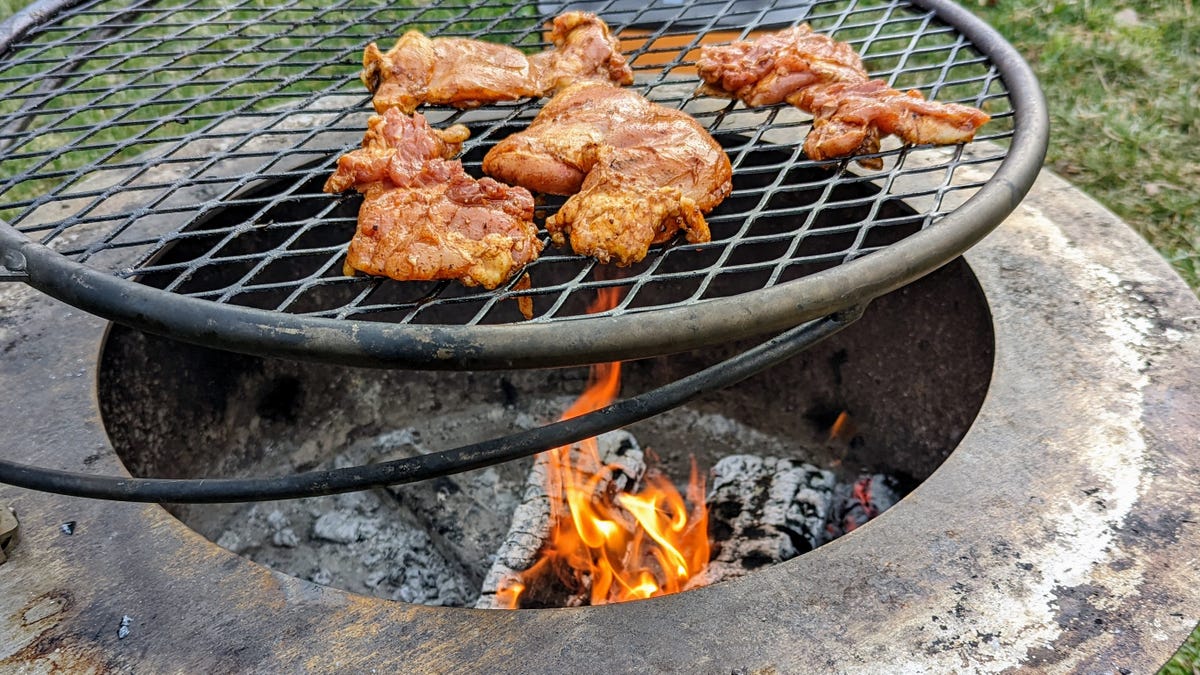
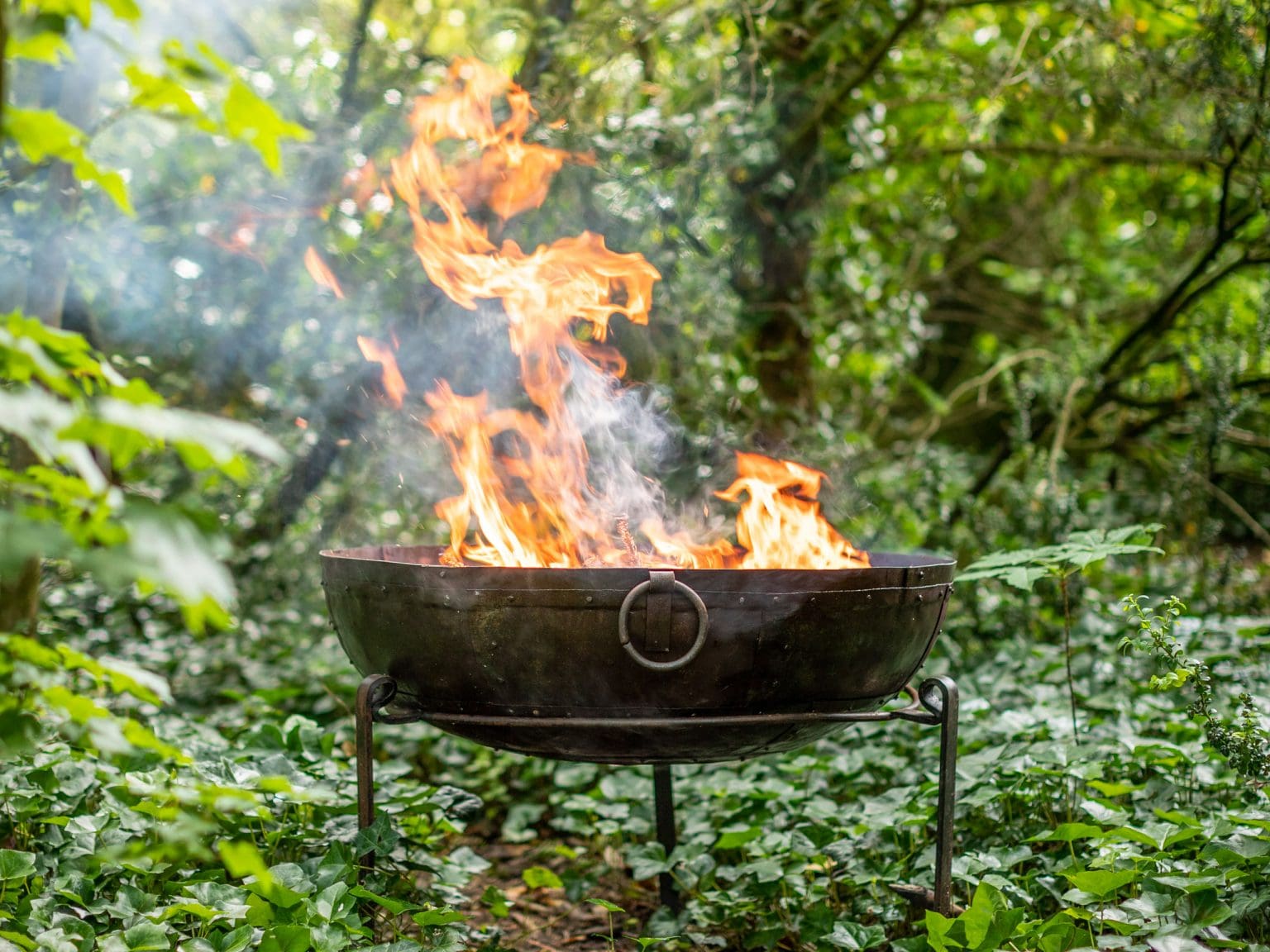

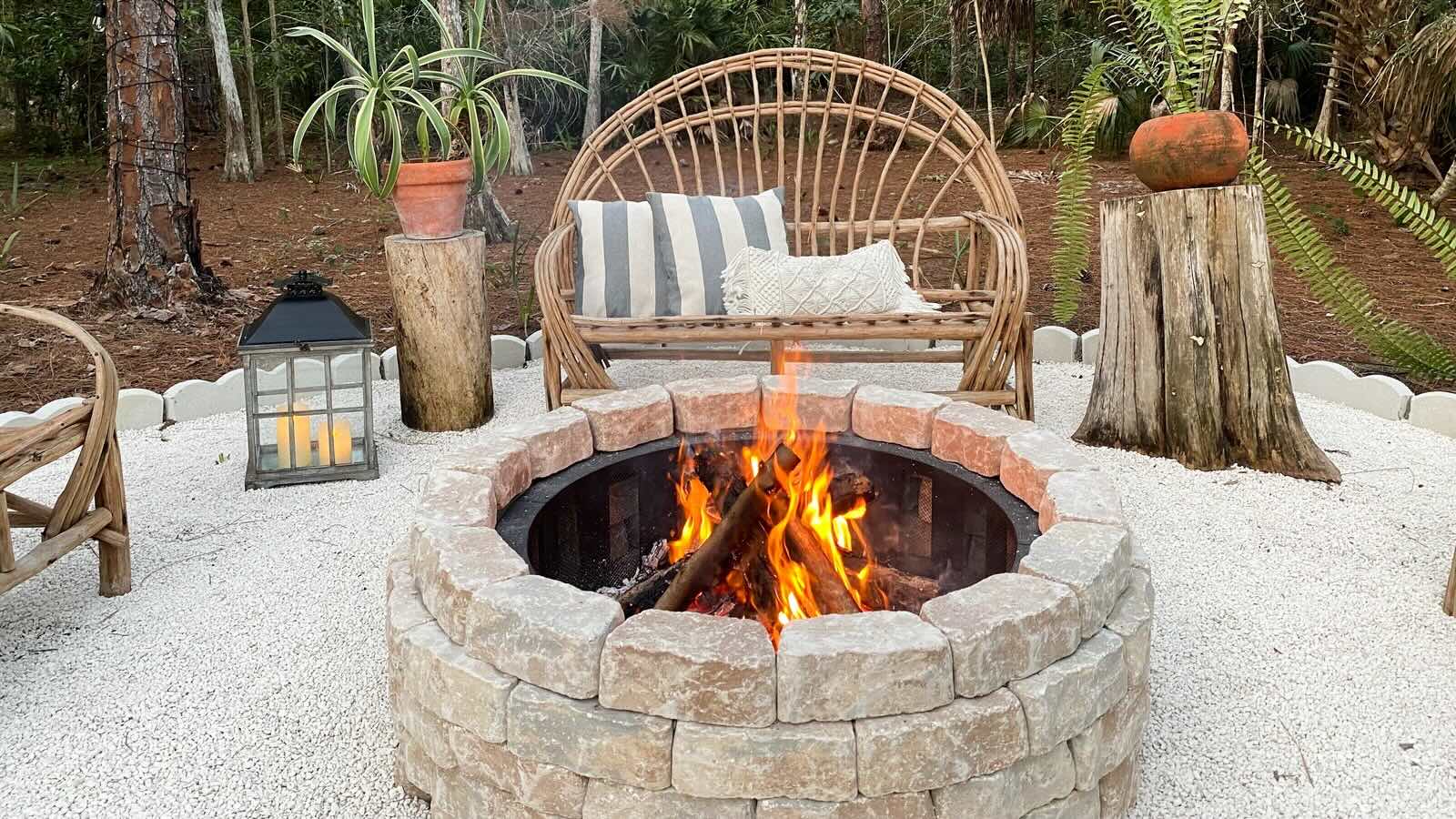
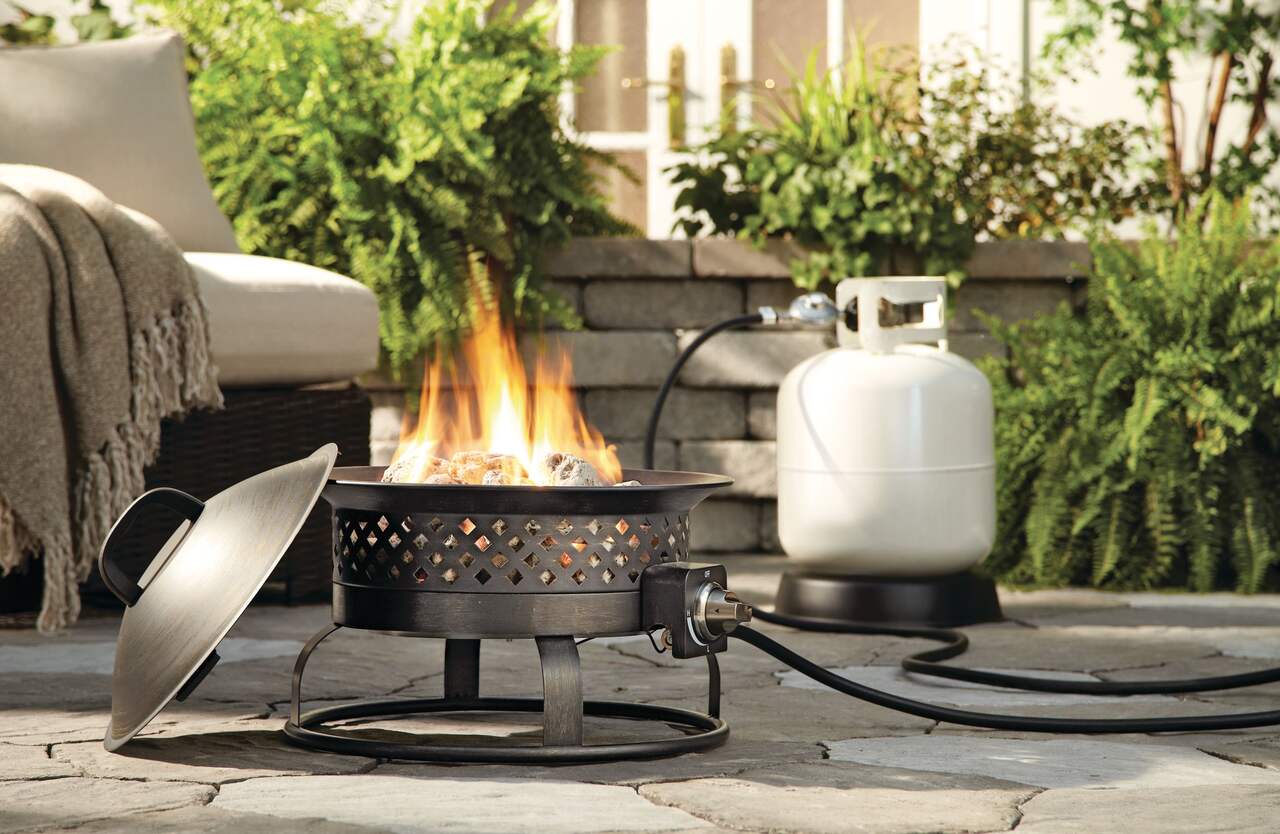
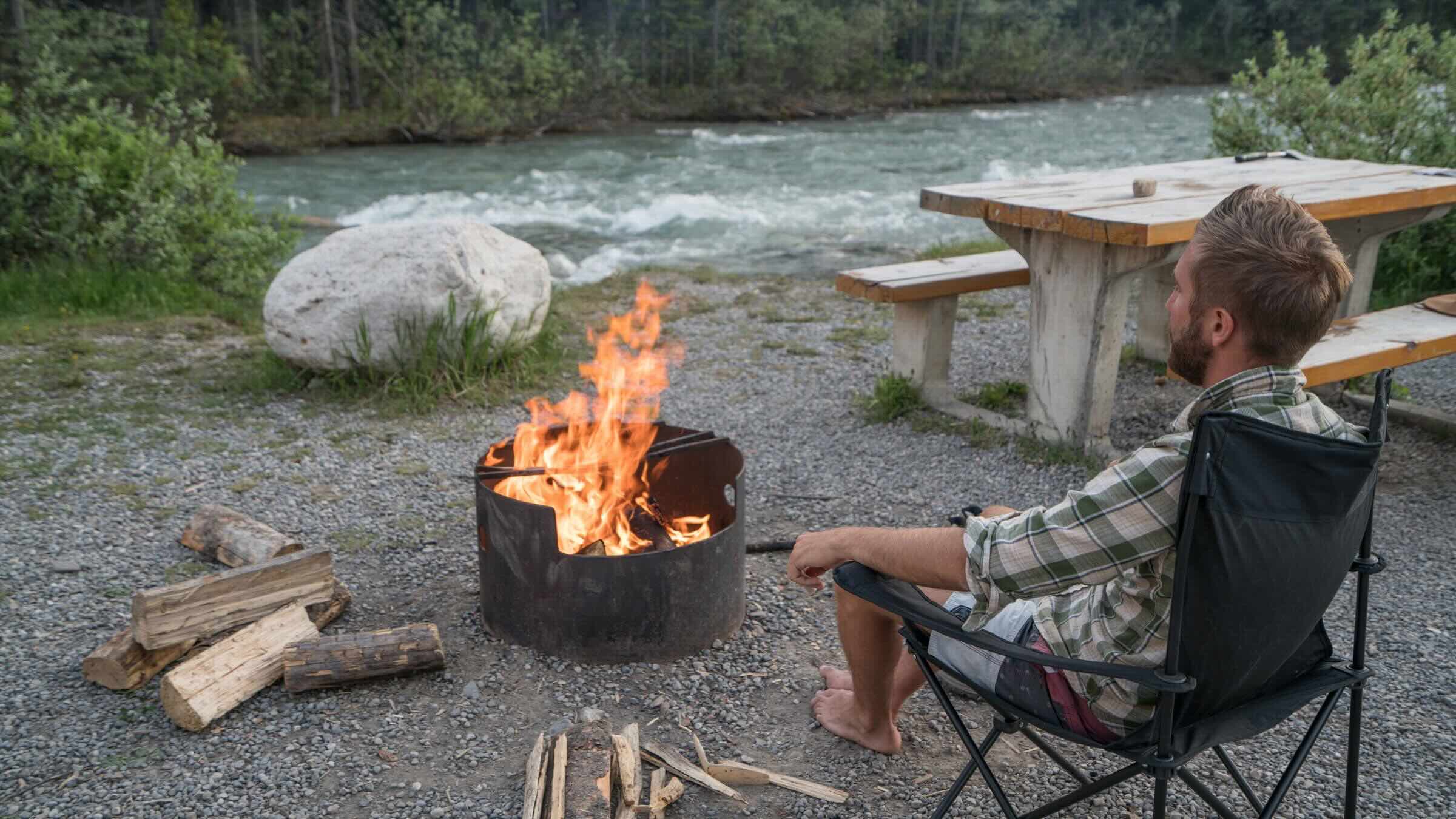
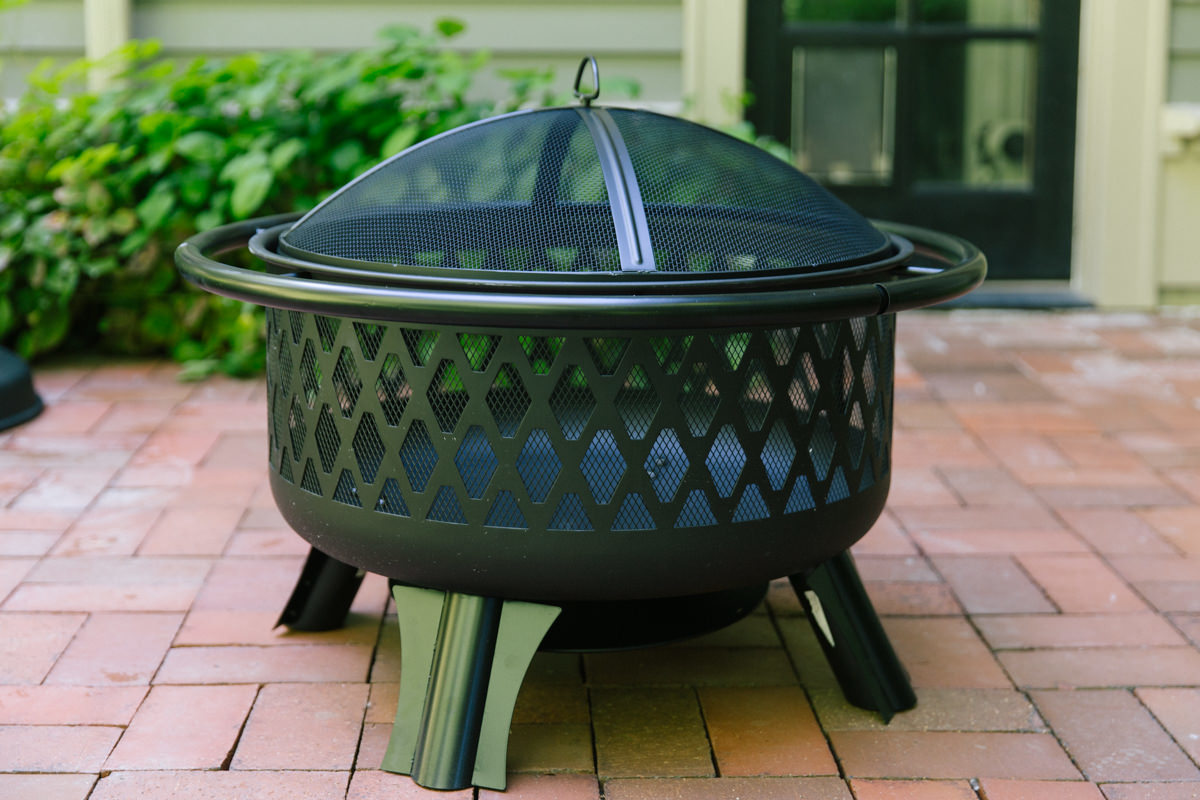

0 thoughts on “How To Fire Clay In A Fire Pit”